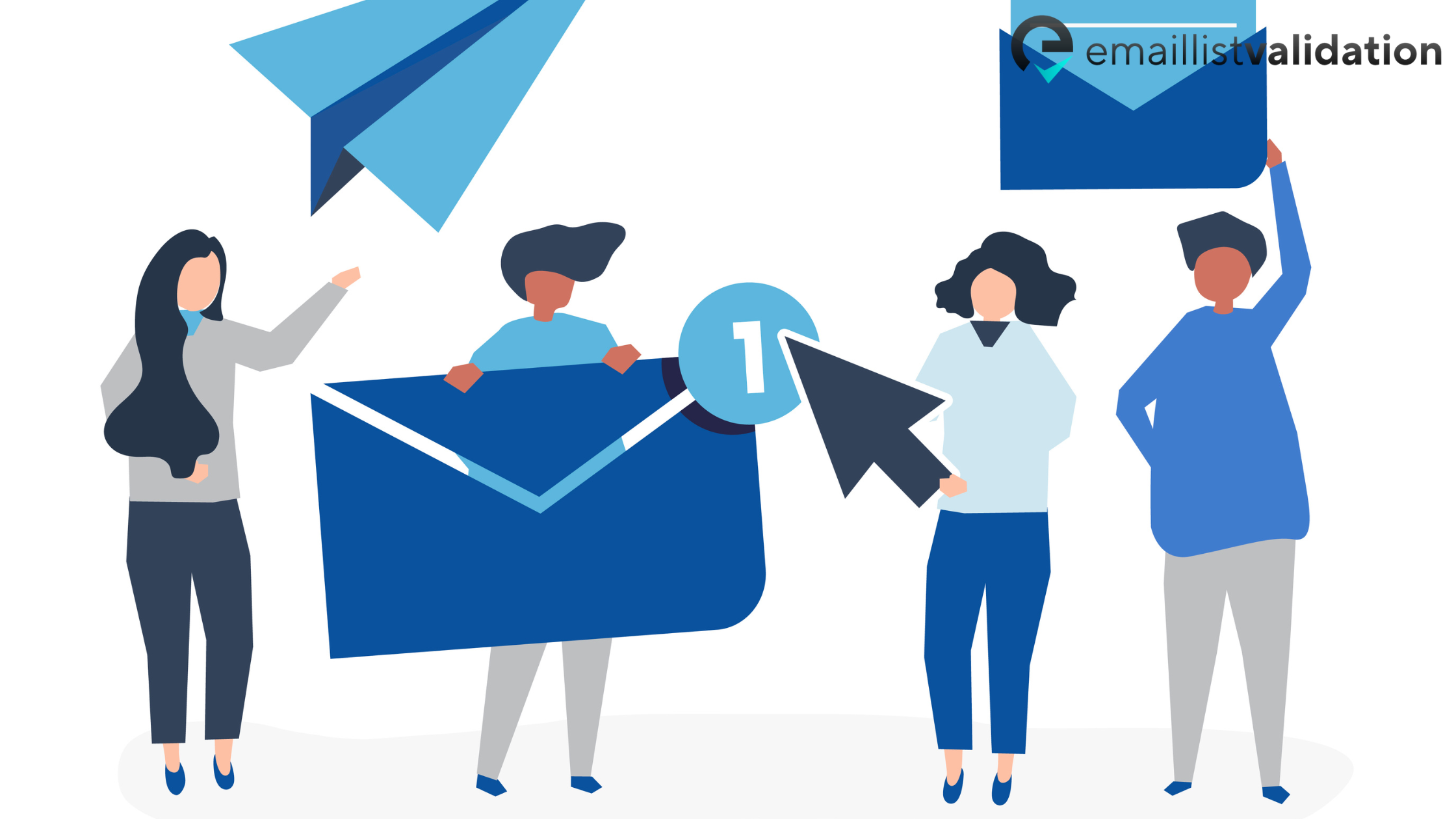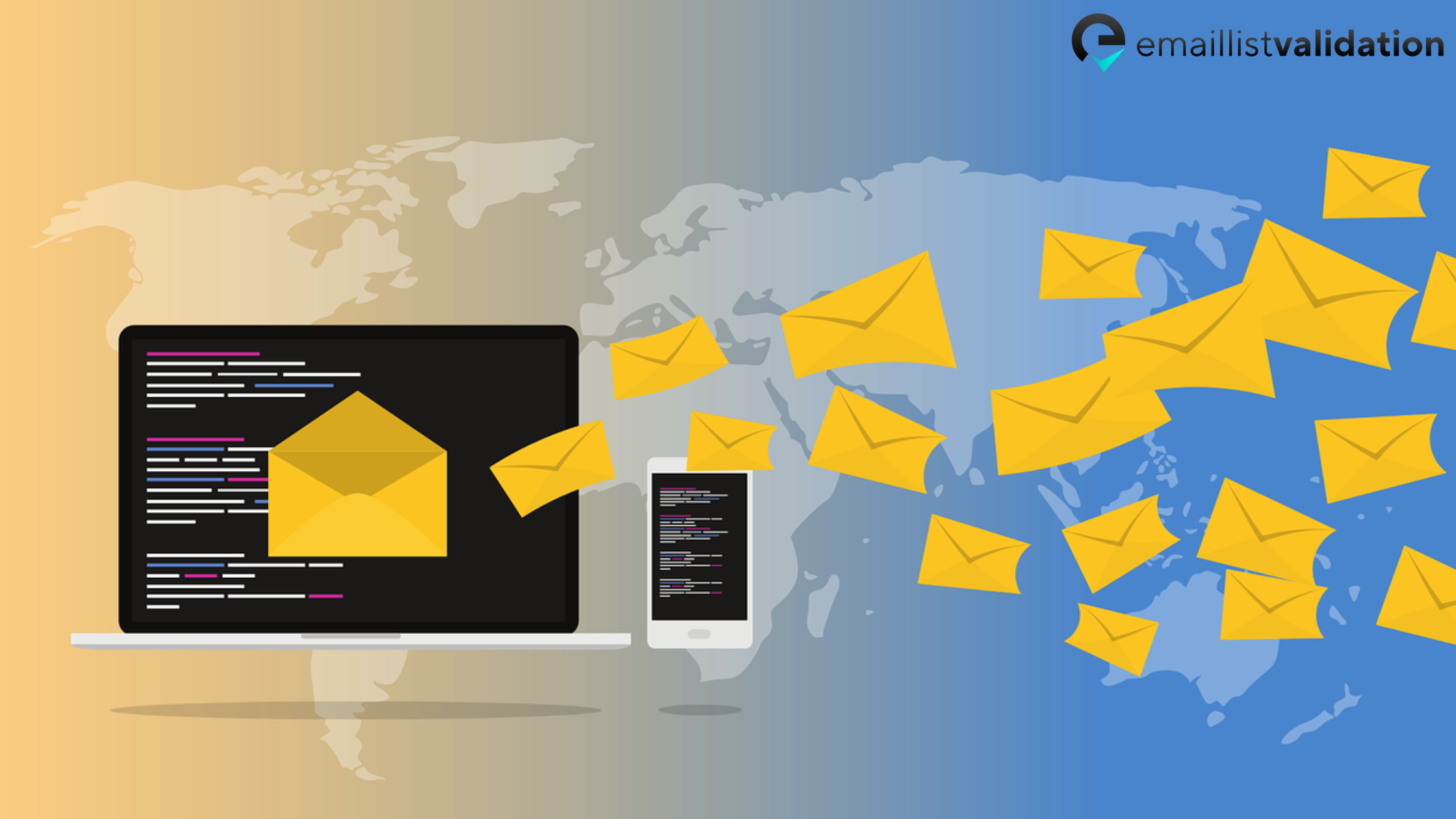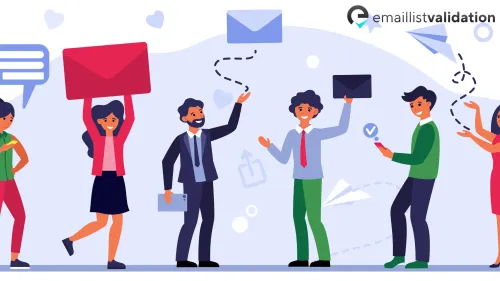Are you looking to build an email list website to grow your business or reach a wider audience? Whether you're just starting out or have been in business for years, having an email list can be one of the most effective ways to connect with your audience and promote your products or services.
In this comprehensive guide, we'll walk you through everything you need to know about building an email list website, including why it's important, how to get started, and tips for growing your list over time.
Why Building an Email List Website is Important

Before we dive into the details of how to build an email list website, let's first explore why it's so important for your business or brand.
1. Email is Still the Best Way to Reach Your Audience
Despite the rise of social media and other digital marketing channels, email remains the most effective way to reach your audience and build relationships with them over time. According to a recent study by Campaign Monitor, email marketing has an ROI of 4400%, meaning that for every $1 spent on email marketing, you can expect to earn $44 in return.
2. You Own Your Email List
Unlike social media followers or website visitors, your email list is something that you own and control. This means that you can communicate with your subscribers on your own terms, without having to worry about algorithm changes or other external factors that could impact your reach.
3. Email Allows for Personalized Communication
With email, you can tailor your messages to specific segments of your audience based on their interests, behaviors, and other data points. This allows you to deliver more targeted and personalized messages that are more likely to resonate with your subscribers.
How to Build an Email List Website

Now that you understand why building an email list website is so important, let's dive into the steps you need to take to get started.
Step 1: Choose an Email Marketing Platform
The first step in building an email list website is to choose an email marketing platform. There are many different options to choose from, but some of the most popular include Mailchimp, Constant Contact, and Flodesk.
When choosing an email marketing platform, consider factors like ease of use, pricing, and features like automation and segmentation. Many platforms offer free trials or freemium plans, so you can test them out before committing to a paid plan.
Step 2: Create a Lead Magnet
A lead magnet is an incentive that you offer to your website visitors in exchange for their email address. This could be a free e-book, a discount code, a webinar, or any other type of valuable content that your audience would be interested in.
To create a lead magnet, think about what types of content your audience would find most valuable and create something that aligns with those interests. Make sure that your lead magnet is high-quality and provides real value to your subscribers.
Step 3: Create a Landing Page
A landing page is a dedicated page on your website that is designed specifically to capture email addresses. This page should be simple and focused, with a clear headline, a brief description of your lead magnet, and a form for visitors to fill out.
When creating your landing page, make sure that it is visually appealing and easy to navigate. Use a tool like Unbounce or Leadpages to create a professional-looking landing page without any coding or design skills.
Step 4: Drive Traffic to Your Landing Page
Once you have your email marketing platform, lead magnet, and landing page set up, it's time to start driving traffic to your page. There are many different ways to do this, including:
- Running Facebook ads
- Using Google AdWords
- Promoting your lead magnet on social media
- Guest blogging on other websites
- Creating YouTube videos or podcasts
Experiment with different traffic sources to see what works best for your audience and your business goals.
Tips for Growing Your Email List Over Time
Building an email list is an ongoing process, and there are many strategies you can use to continue growing your list over time. Here are a few tips:
1. Offer Incentives for Referrals
Encourage your subscribers to refer their friends and family members to your email list by offering incentives like discounts or exclusive content. This can help you reach new audiences without spending a lot of money on advertising.
2. Use Social Proof
Showcase testimonials or social proof from happy subscribers to encourage others to join your email list. This can help build trust and credibility with your audience.
3. Keep Your Content Relevant and Valuable
To keep your subscribers engaged and interested in your emails, make sure that you are consistently delivering high-quality content that is relevant to their interests and needs.
4. Segment Your List
Use data like past purchase behavior, website activity, and other demographic information to segment your email list and deliver more targeted messages to specific groups of subscribers.
Conclusion
Building an email list website is a crucial part of any digital marketing strategy. By following the steps outlined in this guide and implementing the tips for growing your list over time, you can connect with your audience in a more meaningful way and drive real results for your business.



